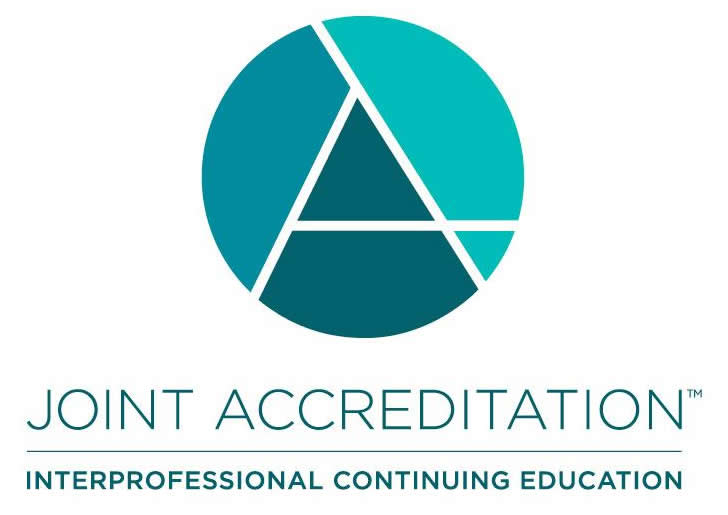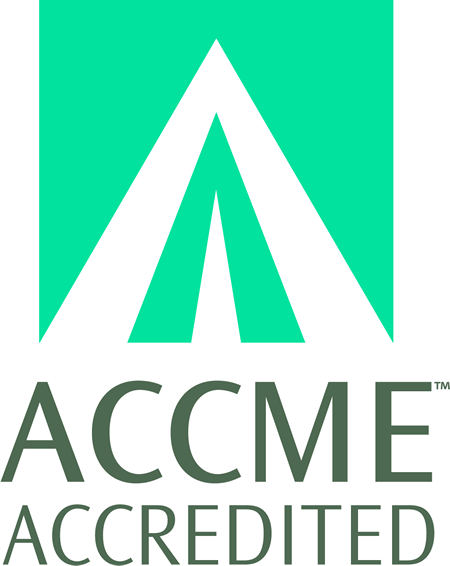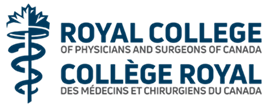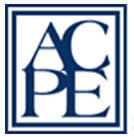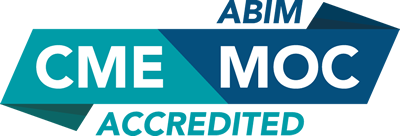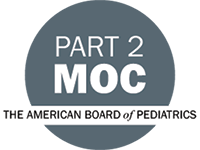
COURSE CREDITS & HOURS
16 AMA PRA Category 1 Credits™16 ACPE Credits
16.0 Contact Hours
16 (part II) MOC points in medical knowledge in the American Board of Internal Medicine's (ABIM) Maintenance of Certification (MOC) program
16 MOC (Part II) points in the American Board of Pediatrics' (ABP) Maintenance of Certification (MOC) program
COURSE FEES
TARGET AUDIENCE
PROGRAM PURPOSE
- Icebreaker and introductions
- Quality Improvement overview and why we do what we do
- Brief history of quality overall and in healthcare (didactic section)
- Project selection considerations, resources to consider, alignment with hospital priorities, etc. (didactic followed by roundtable discussion)
- What is the problem and how to state it!
- Problem and aim statement ensuring SMART problem and aim statements key performance indicator considerations (working session)
- Developing a Key driver diagram (definition, examples, how to use to organize project and determine scope)
- Project scope (scope considerations, examples of good and bad scope statements)
- How I make QI work successful:
- Issues and risks (examples of issues and risks that might be encountered, approach to evaluating severity of risk, how to mitigate risk)
- Stakeholder analysis (determining who is on the project team, ensuring sponsorship, identifying threats/resistance)
- How to make it work
- Project execution overview project management basics, PDSA cycles, tests of change, possible overview of MOC requirements (didactic section)
- Communication plan frequency, methods of communication, communication objectives, how to develop a communication plan, elevator speech and generating enthusiasm and buy-in (didactic followed by roundtable discussion and working session)
- Identifying Current conditions
- Process mapping
- Identifying waste
- Day 1 key points, homework review, and icebreakers
- A3 Basics and Charter development
- If you dont measure it, it cant be fixed
- Metrics outcomes and process metrics, defining your metrics and tying them to your smart aim
- Data collection - collecting baseline data, using baseline data to review and refine project scope and smart aim, determining what data to collect during project execution, creation of data collection templates (didactic and working session 60 minutes)
- Data presentation and analysis what to do with your collected data run charts, control charts, etc. use to determine success of interventions, keys for communication/sharing how to construct and label charts, including annotation, common cause versus special cause variation (examples of good and bad data presentation)
- Project reviews interim and at end of project determining health of project, potential go-no go decisions, designing subsequent tests of change (with examples and roundtable discussion)
- Sustainment plan sustainment overview why its important, examples, roundtable discussion
- Project closure
- celebrating success, publication, possible report out venues
- Summary, instructor feedback, possible next steps









